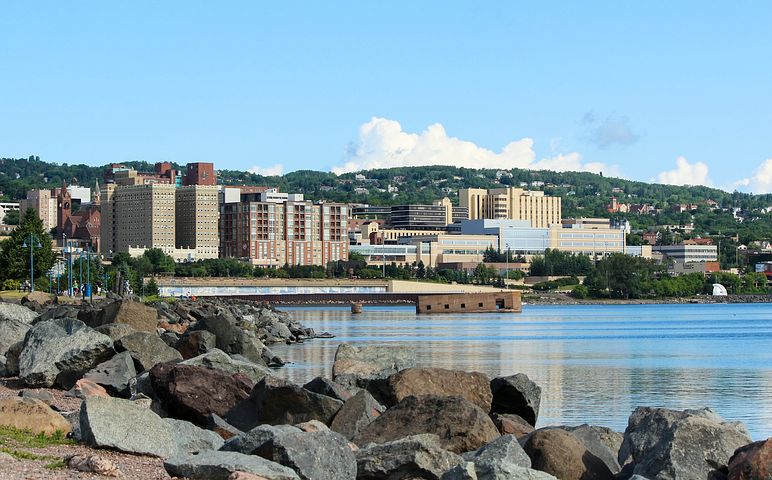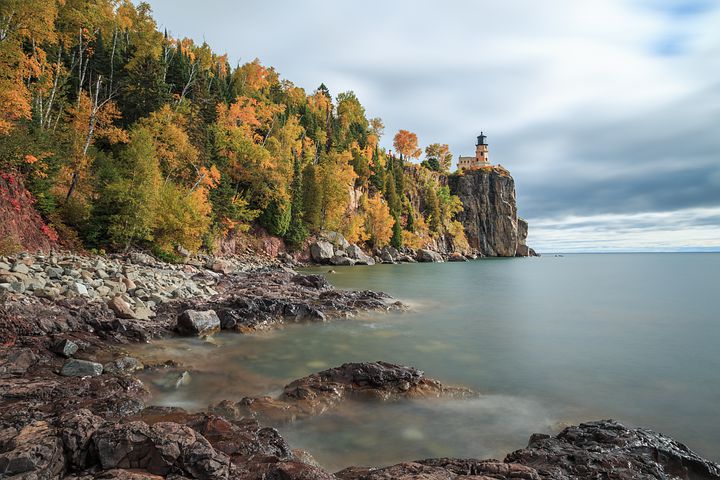Minnesota
 The Story of Minnesota: A Journey Through Time and Space
The Story of Minnesota: A Journey Through Time and Space
Minnesota, situated in the Upper Midwestern region of the United States, is well-known for its diverse landscapes, rich history, and vibrant culture. With an area making it the 12th largest U.S. state and a population ranking it 22nd most populous, Minnesota is a significant player in the country’s socio-economic fabric.
Etymology
Derived from the Dakota language, the name ‘Minnesota’ is thought to mean “clear blue water” or “cloudy water”. The Dakota people demonstrated this meaning to early settlers by dropping milk into water, referring to it as mn i sota. This linguistic influence can be seen across the state, with many locations bearing similar Dakota names.
Geography

Minnesota’s geography is a testament to its unique position as the northernmost contiguous state of the U.S. It shares a water border with Michigan on Lake Superior and land borders with several states and Canadian provinces. The state’s topography is varied, with the Canadian Shield’s ancient rocks in the northeast, fertile prairies in the west, and thousands of lakes scattered across its expanse.
Early History of Minnesota
Minnesota’s story begins with the indigenous peoples who inhabited the region from around the 11th century BCE. Two significant indigenous cultures emerged between 200 and 500 CE: the Laurel complex in the north, and the Trempealeau Hopewell in the south. The Upper Mississippian culture, consisting of the Oneota people and other Siouan speakers, emerged around 1000 CE.
Early European explorers and missionaries, primarily French, encountered the Dakota, Ojibwe, and various Anishinaabe tribes. Minnesota became part of the vast French Louisiana territory, which was purchased by the United States in 1803. After several territorial reorganizations, Minnesota was admitted to the Union as the 32nd state in 1858.
Settlement and Expansion
As the American frontier pushed westward, Minnesota attracted settlers and homesteaders from across the country. Growth initially centered on timber, agriculture, and railroad construction. European immigrants, particularly from Scandinavia, Germany, and Central Europe, arrived in significant numbers and influenced the state’s development as a center of labor and social activism.
Industrial Revolution and Urbanization

In the late 19th and early 20th centuries, Minnesota experienced rapid industrialization and urbanization. The state was at the forefront of labor rights, women’s suffrage, and political reform. With the shift from traditional industries such as agriculture to services, finance, and healthcare, Minnesota emerged as one of the most prosperous states in terms of GDP and per capita income.
Technological Advancement
Post World War II, Minnesota became a center of technological innovation. Companies like Control Data Corporation and Cray Research, founded by William Norris and Seymour Cray respectively, were pioneers in the field of computing. Medtronic, a renowned medical device maker, also began operations in Minnesota around this time.
Modern Minnesota
In recent decades, Minnesota has evolved into a multicultural state, with domestic migration and international immigration contributing to its diversity. The state is home to the nation’s largest population of Somali Americans and the second-largest Hmong population. It consistently ranks high in terms of standard of living, education, employment, and governance.
Culture and Lifestyle
Minnesota’s cultural landscape is a rich tapestry woven with threads of Scandinavian, German, Native American, and more recent immigrant traditions. It retains a strong connection with its agricultural roots while embracing the rhythms of urban life. The state’s cultural hub, the Twin Cities metropolitan area, is home to over 60% of Minnesotans and is the 16th largest metropolitan area in the U.S.

From its early indigenous cultures to its pivotal role in the country’s industrial and technological advancement, Minnesota’s journey echoes the broader narrative of America’s growth and transformation. As it continues to evolve, this ‘Land of 10,000 Lakes’ remains a vibrant testament to the diversity, resilience, and innovation that define the American spirit.